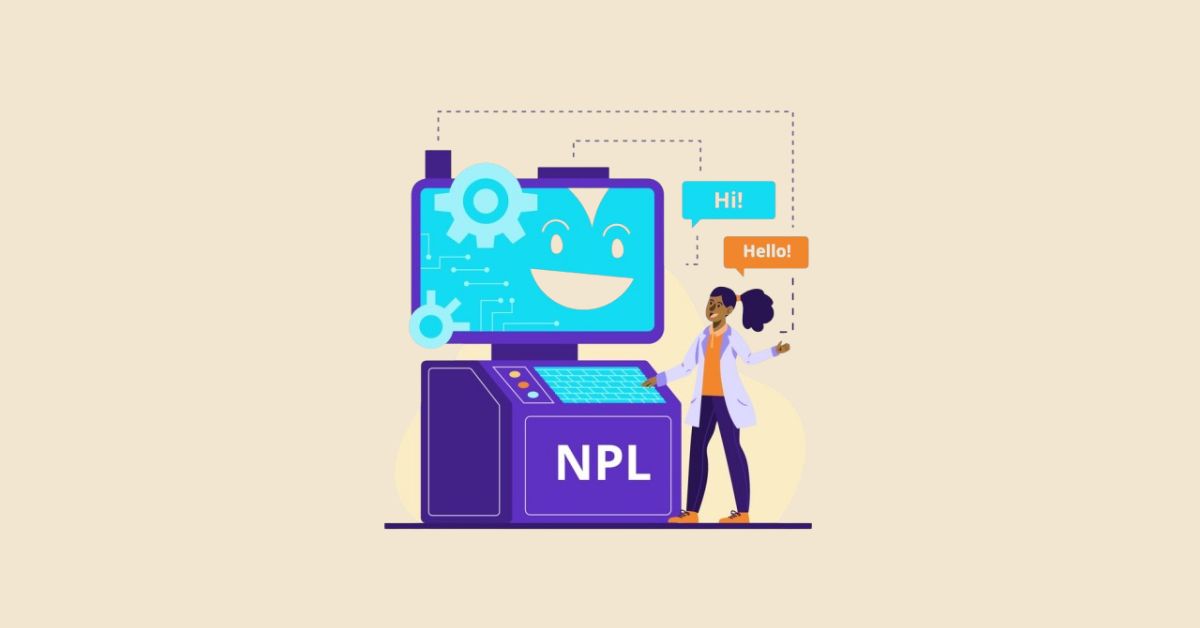In the swiftly evolving world of business, the capability to harness information through analytics for business intelligence (BI) stands as a cornerstone of strategic choice-making. As groups navigate through widespread oceans of facts, the integration of analytics and BI equipment has grown to be imperative. This synergy no longer illuminates pathways to innovation however additionally empowers corporations to stay ahead inside the aggressive curve. This article delves into the essential gear and emerging developments inside the data analytics and BI landscape, guiding corporations in optimizing their records-driven strategies.
The Intersection of Data Analytics and BI
In the ever-evolving landscape of the modern-day commercial enterprise international, the amalgamation of analytics for business intelligence stands as a pivotal cornerstone. This fusion is not simply a confluence of data-driven strategies but a strategic alignment that propels corporations in the direction of knowledgeable choice-making and operational excellence. Analytics and BI, while interwoven, release a realm of insights, remodeling uncooked information right into a strategic asset.
As the heart of this integration is the seamless synergy between data analytics and business intelligence. It’s a dynamic interplay where analytics—through its state-of-the-art facts processing and analysis strategies—enriches BI systems with deeper, actionable insights. This synergy allows organizations to now not only navigate through sizable records landscapes but also to distill the essence that drives growth and innovation.
Furthermore, the position of analytics in BI extends beyond traditional records interpretation. It includes predictive modeling, fashion analysis, and superior statistical techniques to forecast destiny enterprise scenarios. By harnessing the strength of analytics for BI, organizations can count on market shifts, customer behavior styles, and capacity operational challenges, ensuring a proactive instead of reactive approach.
Essential Tools for Analytics and Business Intelligence
In the realm of data analytics and business intelligence (BI), the choice of gear is paramount. These structures not simplest serve as the backbone for facts analysis and BI but also form the way companies interpret and leverage their data for strategic advantage.
- Tableau: A chief in information visualization, Tableau empowers users to convert facts into actionable insights without problems and flexibility.
- Power BI: Microsoft’s Power BI gives complete enterprise analytics tools, facilitating information sharing and insights throughout an organization.
- SAS Analytics: Known for its superior analytics competencies, SAS provides sturdy surroundings for information analysis, predictive modeling, and BI.
These gear, among others, are pivotal in the data analytics and BI ecosystem. They offer various functionalities, from records preprocessing and evaluation to reporting and visualization, catering to an extensive range of business needs. By harnessing the strength of these systems, companies can navigate the complexities of information, derive significant insights, and make informed selections that power growth and performance.
Implementing Data Analytics for Business Intelligence
To effectively harness analytics for BI, agencies should adopt a dependent approach, beginning with clear expertise in their analytical goals. Integrating records analytics and business intelligence into the organizational fabric calls for a lifestyle that values records-pushed insights. Companies have to additionally invest in schooling and development to equip their groups with vital analytical competencies.
Implementing analytics for enterprise intelligence is a strategic endeavor that enhances the choice-making material of an employer. Here are key steps to successfully integrate analytics into BI:
- Define Objectives: Clearly define the enterprise’s desires and the way analytics can power those goals ahead.
- Data Infrastructure: Establish a sturdy information control framework to make sure facts are high-quality and accessible.
- Choose the Right Tools: Select analytics and BI tools that align with your enterprise’s desires and targets.
- Skills and Training: Invest in education on your team to leverage the entire capacity of analytics for BI.
- Continuous Evaluation: Regularly investigate the analytics approach to adapt to new business intelligence industry trends and information insights.
The hit implementation of analytics in the BI framework is based on a clean strategic imaginative and prescient, the right technological infrastructure, professional employees, and an adaptive method to evolving business intelligence trends. This strategic integration not best complements enterprise intelligence but also propels companies toward reaching a competitive side and operational efficiency.
Ready to Transform Your Business with Data Analytics?
Whether you’re looking to uncover hidden insights, streamline operations, or propel your business forward, our team is here to guide you through every step. Don’t let your data sit idle. Contact us today to explore how our tailored analytics solutions can unlock your business’s full potential and drive sustainable growth.
Emerging Trends in Business Intelligence and Analytics
The business intelligence industry is continuously formed with the aid of rising tendencies, reflecting the consistent innovation in analytics and BI technologies. One incredible fashion is the growing reliance on artificial intelligence (AI) and machine learning (ML) to automate and decorate analytical approaches. Furthermore, the shift towards cloud-based BI solutions offers scalability and accessibility, permitting businesses to evolve to the growing demands of statistics analytics. Here are key trends steering the future:
- AI-Driven Analytics: With the integration of artificial intelligence with analytics and business intelligence, prediction to sophisticated data visualization, which has automated decision-making, creates a revolutionary impact in data interpretation.
- Democratization of Analytics: A move towards making analytics and BI tools accessible to all organizational levels, giving the idea of data-driven decisions.
- Augmented Analytics: Augmenting analytics for BI with augmented reality to enhance the experience of visualizing complex data.
- Real-Time Analytics: The trend towards real-time analysis of instantaneous data for business intelligence stresses real-time insight in business.
Such trends for business intelligence are showing signs of evolution that move towards more intuitive, inclusive, and instantaneous processes of analyzing data. As companies straddle these frontiers, every organization gets to be at the cutting edge of data analytics and business intelligence.
Last Words
The difference between analytics and business intelligence is that they are synergized as strategic interfaces that should be pursued to help businesses thrive in the digital age. Companies stand a chance to fully unleash the potential their data holds and towards sustainable growth by adopting the necessary tools while staying close to business intelligence industry trends.
FAQs
Data analytics includes inspecting uncooked information to draw conclusions and discover styles, whilst business intelligence refers back to the techniques and technologies used by businesses for statistics evaluation and presentation of actionable data.
Small agencies can leverage analytics for BI to gain insights into patron behaviour, optimize operations, and make knowledgeable strategic choices, despite restricted assets.
Challenges consist of first-class statistics and consistency, integrating diverse information resources, ensuring information safety, and cultivating a records-pushed way of life inside the organization.
AI and ML are set to deeply integrate with analytics for BI, supplying superior predictive analytics, automation of recurring statistics analysis duties, and extra customized business insights.
While formal education can provide structured knowledge, of course, many factors of analytics for BI may be self-taught through online guides, tutorials, and hands-on practice with BI tools and structures.
















